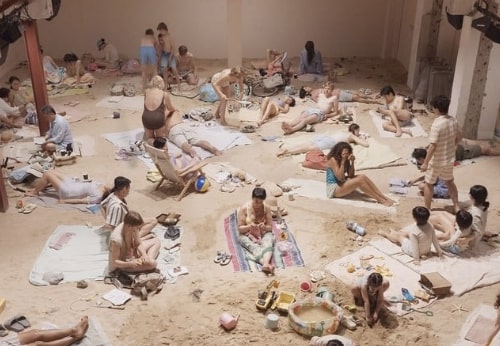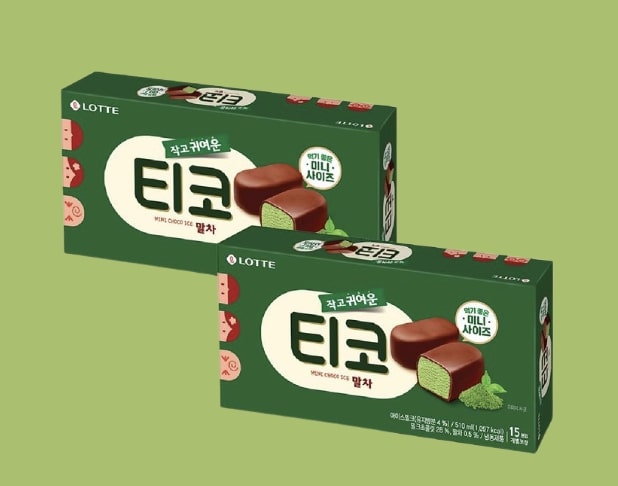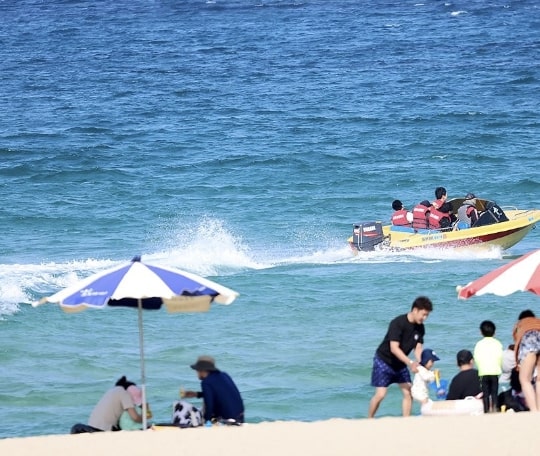
Do You Know What ‘Pachinko’ Is?

Main characters leading the show
Based on Min Jin Lee’s bestselling 2017 novel, the Apple TV+ series ‘Pachinko’ is now gaining popularity throughout the world.
‘Pachinko’ talks about the lives of one Korean family living in Korea that had to re-establish in Japan. The whole story takes place between 1910s and 1980s, an era of Japanese occupation of Korea, World War II, and Korean War.

???? What does ‘Pachinko’ mean?
Pachinko is Japan’s national gambling machine. It originated from a pinball game. It has remained as a very very successful industry in Japan over a decade.
The rule is simple: drop as many silver ball bearings as possible into a hole in the middle by turning a wheel that controls the shootings of the ball. After a silver ball bearing goes into a middle hole, it’s similar with a slot machine: same three numbers (like 777 or 999) on the screen means a jackpot.
Pachinko was originally a simple game where you can exchange silver ball bearings for small prizes like groceries in the parlor. But it became more like gambling in 1950s. The pachinko parlors started to sell expensive prizes (fancy watch, gold, etc.) that you can exchange for cash in a pawn shop, or exchange point, that “happens” to be in the same building. ????
Gambling is banned in Japan, but pachinko parlors steer its way out by using a small trick of exchanging prizes for cash.
More recently, anti-addiction regulations, such as reducing payouts, are slowing down the pachinko industry.

A pachinko parlor in Japan (the late 1900s)
???????? Why is this show called ‘Pachinko’ when the story is about the lives of Koreans?
The vast majority (approximately 80%) of pachinko parlors in Japan are owned by ethnic Koreans, aka Korean Japanese or Zainichi Koreans.
*Zainichi is an inappropriate term used for Korean Japanese who are the migrants from the Japanese colonial period or descendants of those migrants.
As Japan took control over Korea in 1910, Koreans suffered from discrimination, racism, violence, and poverty. In this period, many Koreans ended up in Japan: some were forcibly taken away and some inevitably had to move in order to make a living for their families.
Koreans living in Japan also went through racism and hardship. Japanese people considered Koreans as uneducated, filthy, lower creatures who are generically different from them. So Koreans had such a difficult time settling down in Japan.
The struggle for Koreans living in Japan got more intense when the World War II ended and Korea declared its independence. They were stuck in between Japan and Korea. They were not welcomed in any of these two countries. Many chose to stay in Japan for realistic reasons, such as Korean War.
The war was finally over. But it was not over for the Koreans in Japan. They were unable to get a proper job just because they were “Koreans.” That’s why Koreans had to do things that Japanese people didn’t want to do, which included the pachinko industry, that ironically brought economic improvement for Korean Japanese.

A picture taken in Korea during the Japanese colonial period

‘Pachinko’ is the New York Times best-selling novel written by the Korean-American author Min Jin Lee. She took almost 30 years to write the book.
- She and her family immigrated to the United States when she was 7.
- She attended Yale and also went to Georgetown Law School afterwards. She later worked as a lawyer in New York but quit law in 2 years to focus on her writing.
- She got the idea of ‘Pachinko’ in 1989 when she was a senior in Yale. One of the talks she attended spoke about the ethnic Korean population in Japan. A story of a middle school boy who jumped off a building because he was bullied at school for being ethnically Korean had deeply impacted her.
- From 2007 to 2011, she stayed in Japan with her family and got the chance to interview dozens of Korean Japanese. Based on the interviews, she started the book again and revised it until 2015.
???? Discussion for Today’s Topic :
Have you watched ‘Pachinko’? Is this show popular in your country?
Feel free to share your opinion with us. ????



